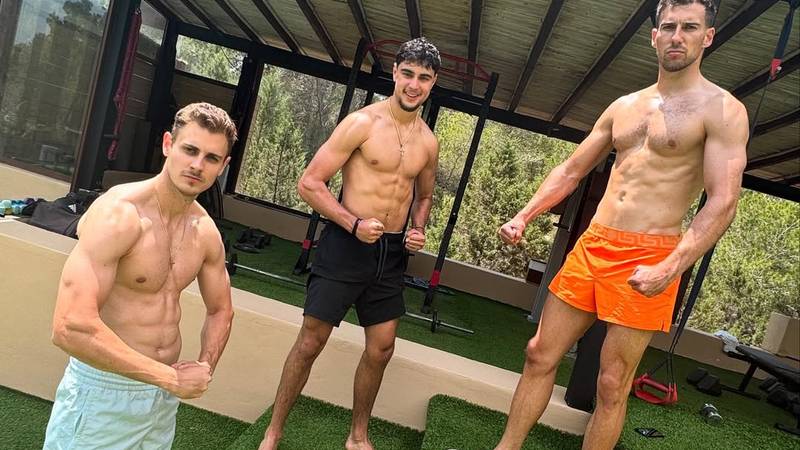– Yes, Finnmark should be a museum!
The worst thing that can happen Finnmark is that we become a museum. We get this daily from the development politicians from the Ap, H and lately especially the Northern Calotte people. If we do not support any idea of wind power, hydropower, hydrogen factories, data center, farming and mines, then Finnmark becomes a museum.
Then we will rot on root, go to pub in the shoreline with an old root pointed as far as we can manage to calm down where we used to get cooked fish before the fish farm came, or stroll around the tourist facility with our last reindeer to give a false picture that we still have reindeer herding.
The undersigned came to Finnmark for the first time as a tourist in 1974 and came back the following year – to stay. In 50 years I have seen a great development in the county – for good and bad. Already at that time, there was a dispute over the resources between the coastal fishermen and the trawlers. Many fish farms struggled hard and some had to close down. Nevertheless, it was a coastal fleet and a scattered fishing industry that we can hardly dream of today. But something was on the road: Oil. It was the future.
I came to a Finnmark where reindeer husbandry had just started the great modernization. The shooter had arrived, while the four -wheeler came soon. The state facilitated modernization and reindeer husbandry was to become an effective meat producer. The old Sami way of driving was so outdated, we couldn’t live in a museum. Therefore, the state that knew the best had to control the industry, with new organizational methods and herd structure, end on sewing reindeer and cooperation between reindeer husbandry and residents on the coast and inland. It was the Ministry of Agriculture who could reindeer husbandry, not any ignorant mountain fins on the meadow.
At that time, a battle for power development flames. We had to expand the Altavassdraget, the Skaidivassdraget, the Kvalsundvassdraget, etc., etc. for light in the house, modernization and prosperity. Otherwise we sat there mumbling around the paraffin lamp. Which we barely got paraffin if we did not drill for oil on the fishing field.
Reidar Nielsen wrote the book « People without a past », also for mixing reception from those who wanted it to be so. Arvid Petterson highlighted the story to the light and took a couple of years ago to object to those who see a museum as a curse word.
Alongside this, we have been given Sami and Kven institutions that will preserve language and culture. Guovdageaidnu is working for a common center for nature, culture and world heritage. But why? Is it so old -fashioned? Why should we be so strange here in the north? Why can’t we speak English like other people? What are we going to do with nature? Most modern countries in Europe and the United States do well without. What do we do with food production? We can buy food at the store. It is so outdated to fish, pick berries, grow the soil and cheat reindeer. It’s so museum.
We will show the world that it is possible to take care of nature, live in it and live off it without destroying what we have left. And we will expand the small and poor local museums, the nature information centers and the cultural institutions of something we can be proud to show away, where our descendants can see what they come from. We will have a future where the museum is not a curse word, but a word of honor.
Where is the most important preparedness we need if we are shut down from the many supplies we consider to be a matter of course? Where is the ability to grow and reap food from the nature we have? The competence to live here. Clear what the ancestors did when they escaped from the Germans and lived in caves and olds?
Where is the expertise to survive and orient themselves on the day the Internet does not work? Where do we find that knowledge? Maybe we can learn something at the museum?
Svein Lund Volunteer Finnmarking for 50 years





